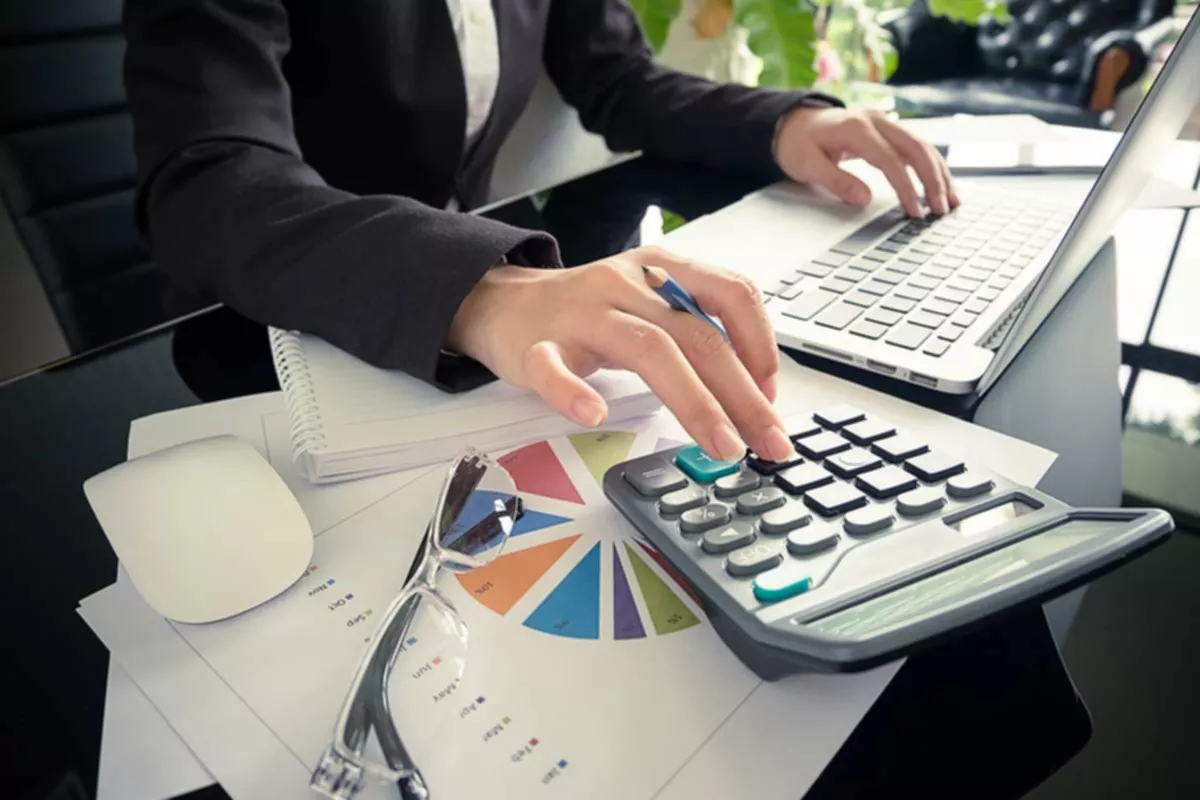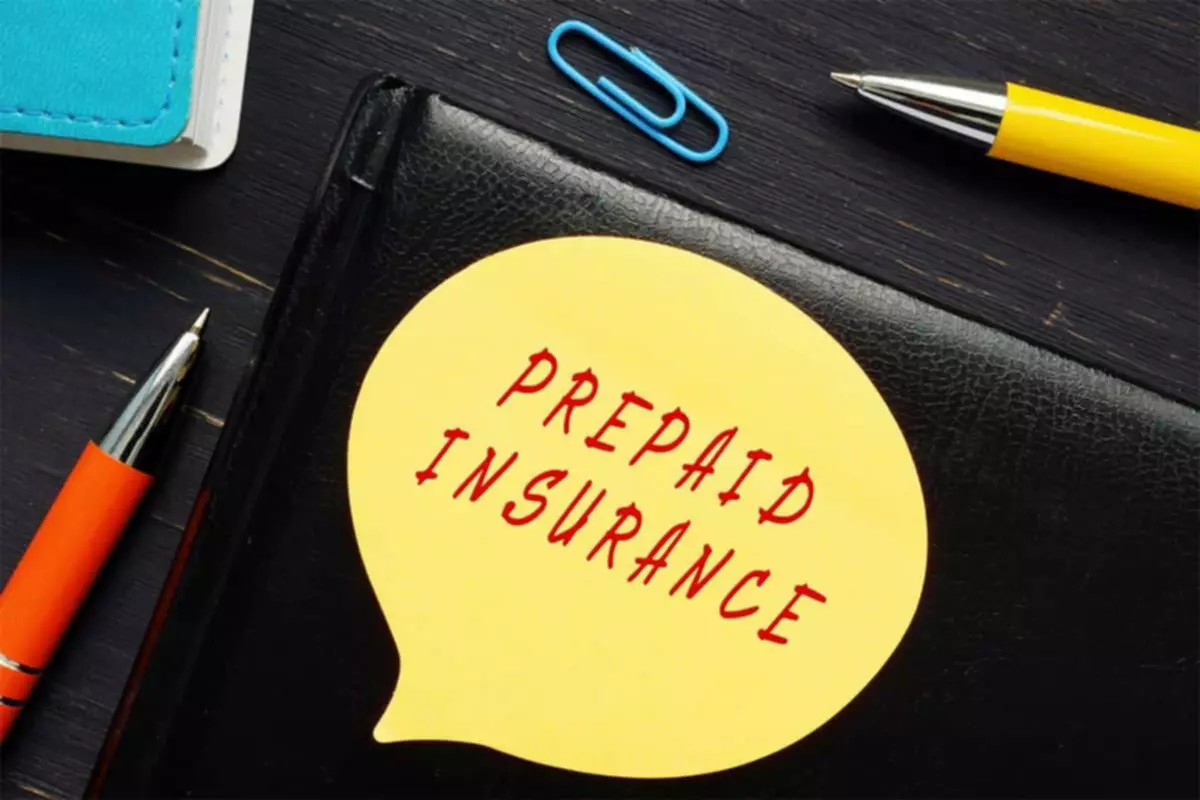Bookkeeping
Double Declining Balance Method of Deprecitiation Formula, Examples
Content

It has never been more important for companies to understand the importance of ESG and put in place policies and practices that will ensure their success. In the example above, calculate the percentage of depreciation by taking the balance after one year and divide it by the original cost.
What is the double declining balance DDB method of depreciation quizlet?
The double declining balance depreciation method calculates depreciation each year by taking twice the straight line rate times the book value of the asset at the beginning of each year.
Your basic depreciation rate is the rate at which an asset depreciates using the straight line method. Both DDB and ordinary declining depreciation are accelerated methods. The difference is that DDB will use a depreciation rate that double declining balance method is twice that the rate used in standard declining depreciation. Now, $ 25,000 will be charged to the income statement as a depreciation expense in the first year, $ 18,750 in the second year, and so on for eight continuous years.
What are Plant Assets? – Financial Accounting
You get more money back in tax write-offs early on, which can help offset the cost of buying an asset. If you’ve taken out a loan or a line of credit, that could mean paying off a larger chunk of the debt earlier—reducing the amount you pay interest on for each period.
Many of the best accounting software options can help you with this, thankfully. When you talk to a financial professional about depreciation, they’re going to recommend one of two methods.
What is the time value of money?
The double-declining balance method is an accelerated depreciation calculation used in business accounting. Carrying ValueCarrying value is the book value of assets in a company’s balance sheet, computed as the original cost less accumulated depreciation/impairments. It is calculated for intangible assets as the actual cost less amortization expense/impairments. Calculate Depreciation RateThe depreciation rate is the percent rate at which an asset depreciates during https://www.bookstime.com/ its estimated useful life. It can also be defined as the percentage of a company’s long-term investment in an asset that the firm claims as a tax-deductible expense throughout the asset’s useful life. The assumption that assets are more productive in the early years than in later years is the main motivation for using this method. If you’re calculating your own depreciation, you may want to do something similar and include it as a note on your balance sheet.
What is journal entry for depreciation?
The basic journal entry for depreciation is to debit the Depreciation Expense account (which appears in the income statement) and credit the Accumulated Depreciation account (which appears in the balance sheet as a contra account that reduces the amount of fixed assets).
An asset may still be of use even though it has been fully depreciated. To learn how to handle these contingencies, please see last sections of our tutorial Beginner’s Guide to Depreciation.
Double Declining Balance Method
Companies generally use a declining balance method or a straight-line method to calculate the value of depreciation of an asset. The double-declining approach has gained much popularity recently and is also known as the accelerated depreciation method or the reducing balance method.

Bench gives you a dedicated bookkeeper supported by a team of knowledgeable small business experts. We’re here to take the guesswork out of running your own business—for good. Your bookkeeping team imports bank statements, categorizes transactions, and prepares financial statements every month.
Life of Asset
As we switch to Straight-line, the depreciation for the next two years is $2,160 ÷ 2, or $1,080. Perhaps you noticed above that the asset did not fully depreciate. The mathematics of Double-declining depreciation will never depreciate an asset down to zero. Depreciation rates between the two methods of calculating depreciation are similar except that the DDD Rate is twice the value of the SLD rate.
The original cost of the item is still relevant, but over time they don’t maintain that original value. When you’re doing your business’s accounting, depreciation is a concept that you need to be familiar with. While some accounting software applications have fixed asset and depreciation management capability, you’ll likely have to manually record a depreciation journal entry into your software application. If the asset for which you are calculating depreciation contains an averaging convention, LN adjusts the depreciation expense for the first half year, quarter, or month calculation. When a business depreciates an asset, it reduces the value of that asset over time from its cost basis to some ultimate salvage value over a set period of years .
Double Declining Balance Depreciation
A big part of being a business owner is understanding the assets and expenses your business has. Most businesses, no matter the size, have assets that will lose their value over time. When you purchase these assets, you’ll have to choose your method of depreciation. The best reason to use double declining balance depreciation is when you purchase assets that depreciate faster in the early years. A vehicle is a perfect example of an asset that loses value quickly in the first years of ownership.
- The Ascent is a Motley Fool service that rates and reviews essential products for your everyday money matters.
- Double declining balance depreciation is an accelerated depreciation method that can depreciate assets that lose value quickly.
- Download thisaccounting examplein excel to help calculate your own Double Declining Depreciation problems.
- Our ending book value is the beginning book value less depreciation expense.
- This approach is reasonable when the utility of an asset is being consumed at a more rapid rate during the early part of its useful life.
- Vehicles are a good candidate for using double declining balance depreciation.
